HISTORY OF TEA

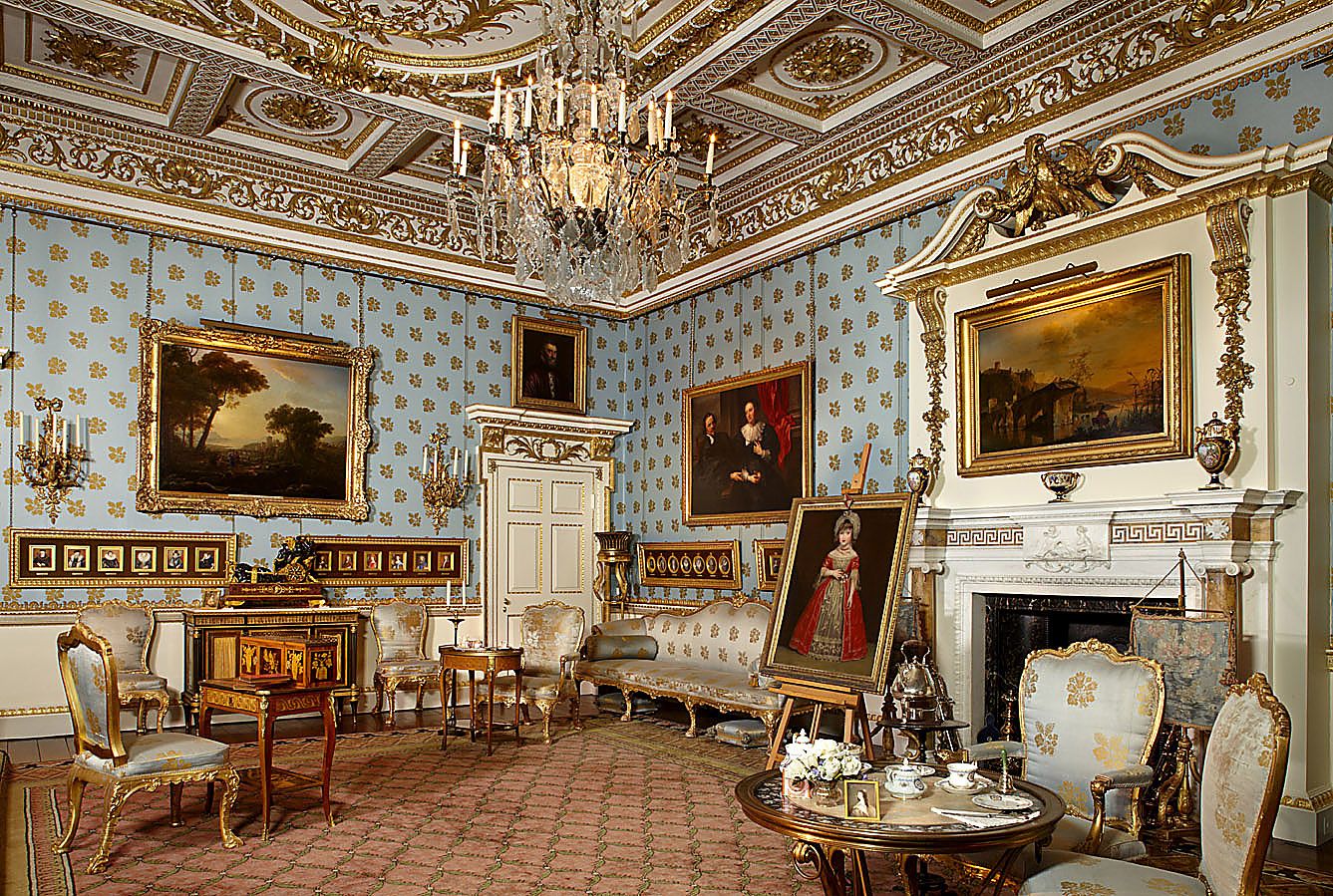
Tea, a beloved beverage enjoyed by millions worldwide, has a rich and diverse history that spans centuries and continents. From its origins in ancient China to the global tea culture of today, this aromatic infusion has played a significant role in shaping societies and cultures. In this journey through time, we will explore the fascinating history of tea, with a focus on its connection to Jamaica, Ceylon (modern-day Sri Lanka), and the Japanese tea ceremony.
Ancient Beginnings in China (2737 BCE - 7th Century CE)
The history of tea begins in ancient China, where it was believed to have been discovered by Emperor Shen Nong in 2737 BCE. According to legend, the Emperor was boiling water when some tea leaves blew into the pot, creating a delightful and refreshing infusion. Tea, known as "cha" in Chinese, was initially consumed for its medicinal properties, believed to have healing effects on the body and mind.
Over time, tea evolved from a medicinal drink into a beverage enjoyed for its taste and stimulating qualities. By the Tang Dynasty (7th-10th centuries CE), tea had become an integral part of Chinese culture, with tea houses and tea rituals becoming popular social activities.
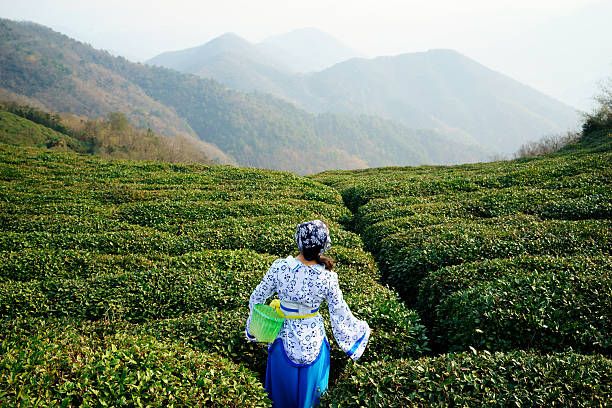
Tea's Journey to Japan (9th Century CE)
Tea made its way to Japan in the 9th century, thanks to Japanese Buddhist monks who studied in China. These monks brought back tea seeds and knowledge of tea cultivation and preparation, laying the foundation for what would become the famous Japanese tea culture.
One of the most significant developments in the history of Japanese tea was the establishment of the Japanese tea ceremony, known as "chanoyu" or "sado." It was first developed by the monk Eisai, who wrote a treatise called "Kissa Yojoki" (Book of Tea) in 1211, extolling the medicinal and spiritual benefits of tea. Eisai's teachings paved the way for the development of the Japanese tea ceremony, which emphasized mindfulness, simplicity, and the appreciation of the aesthetic qualities of tea utensils.
The Age of Exploration (16th-17th Centuries)
During the Age of Exploration, European traders and explorers began encountering tea in various parts of the world. Portuguese and Dutch traders played a significant role in introducing tea to Europe, where it quickly gained popularity among the aristocracy. However, tea remained a luxury item due to its high cost and limited availability.
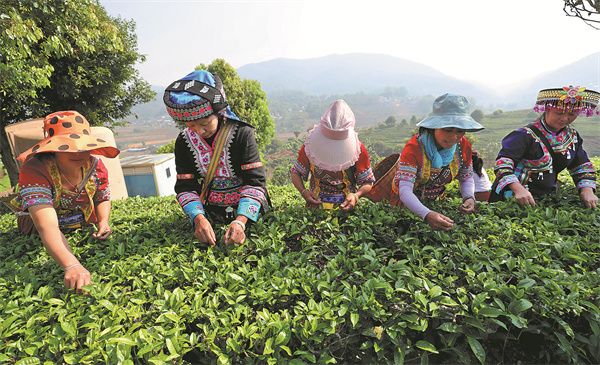
The British Influence in Ceylon (Sri Lanka)
In the 19th century, British colonists turned their attention to Ceylon (modern-day Sri Lanka) as a potential source of tea. Ceylon had a favorable climate and terrain for tea cultivation, and the British began establishing tea plantations on the island. The introduction of the tea industry had a profound impact on the region's economy and culture, transforming Ceylon into one of the world's leading tea-producing nations.
Jamaica: A Unique Tea Story
While Jamaica is more commonly associated with its coffee production, it also has a unique tea story to tell. The island's tropical climate and fertile soil create ideal conditions for growing various herbs and spices, including tea. Jamaican bush tea, often made from local herbs like cerasee, ginger, and mint, is a traditional remedy believed to have healing properties.
Additionally, Jamaica has recently entered the specialty tea market with its own unique blends and flavors. Jamaican tea companies have capitalized on the island's rich agricultural diversity to create teas infused with tropical fruits, spices, and herbs, appealing to both locals and tourists seeking a taste of Jamaica.
Tea in the Modern World
In the 20th and 21st centuries, tea has continued to evolve and adapt to the changing tastes and lifestyles of people worldwide. It has transitioned from a luxury item to an everyday beverage, available in a wide range of flavors and varieties. The global tea industry has grown exponentially, with countries like China, India, and Kenya becoming major tea producers.
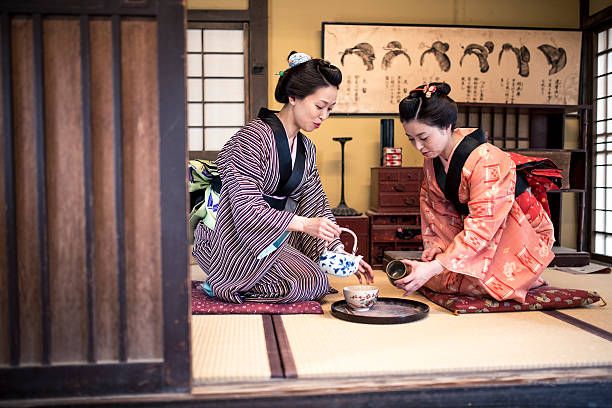
In recent years, there has been a resurgence of interest in traditional tea ceremonies, including the Japanese tea ceremony, as people seek to reconnect with ancient traditions and find moments of mindfulness in their busy lives.
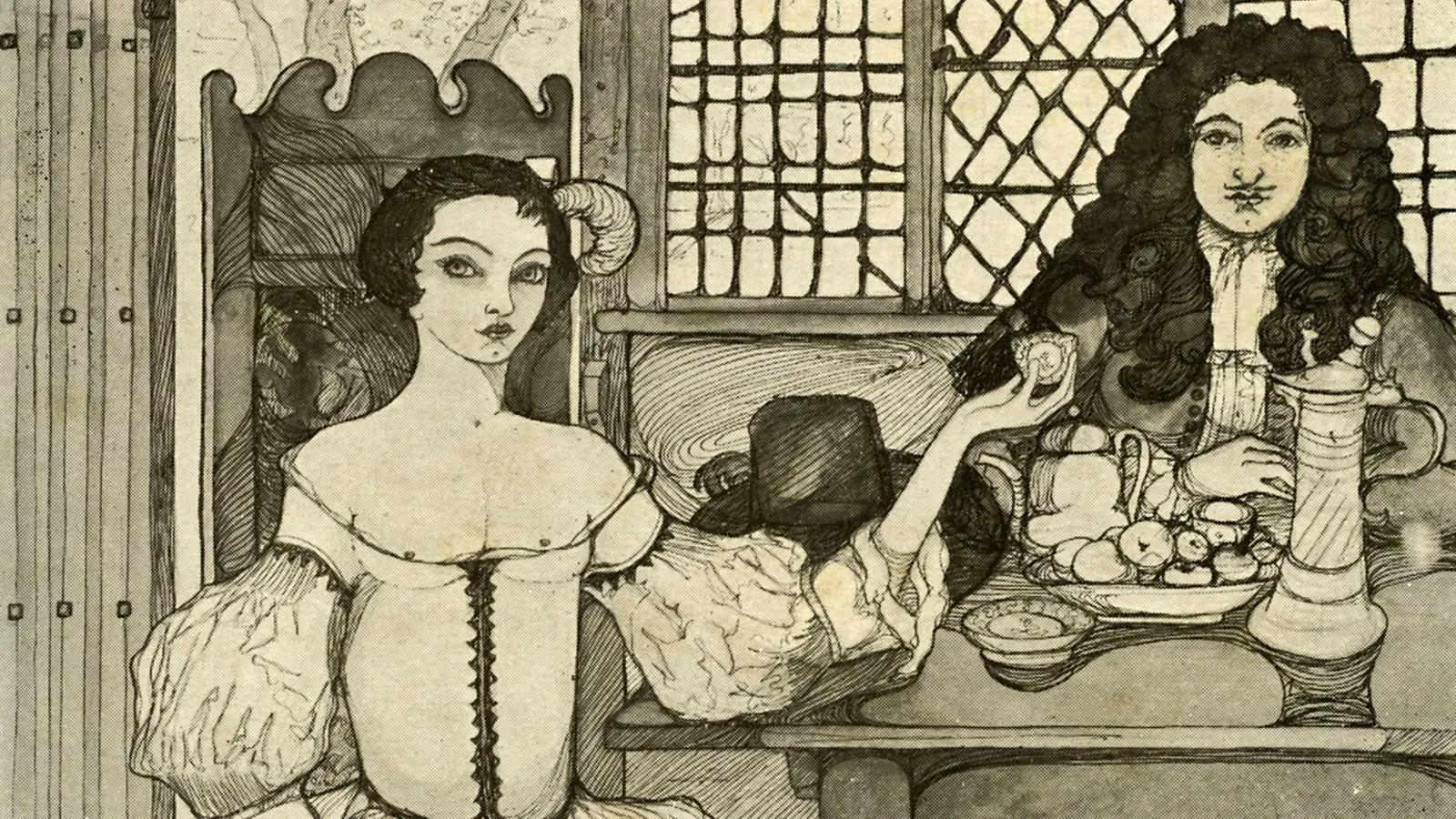
Conclusion
The history of tea is a testament to its enduring popularity and cultural significance. From its humble beginnings in ancient China to its spread across the globe, tea has captured the hearts and taste buds of people from all walks of life. Jamaica, Ceylon (Sri Lanka), and the Japanese tea ceremony each offer unique and compelling chapters in the story of tea, showcasing how this simple beverage has shaped societies, cultures, and traditions throughout history. Whether enjoyed for its health benefits, the pleasure of its taste, or the serenity of a tea ceremony, tea remains an integral part of our global heritage and daily lives.
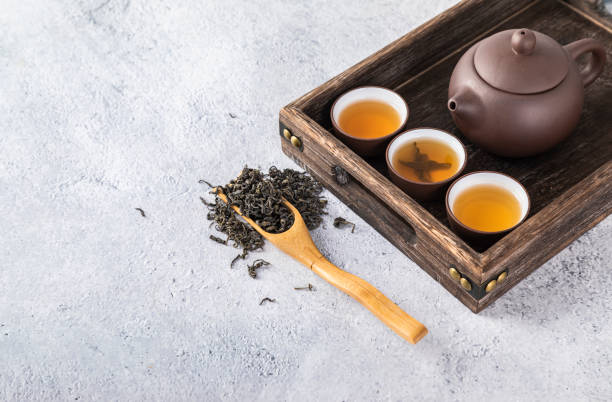
THINGS YOU MAY NOT KNOW:All tea comes from the Camellia sinensis plant, an evergreen shrub that may grow up to sixty feet in the wild. When cultivated for harvest, tea bushes are kept to a height of about three feet. There are over 3000 varieties of tea, each with its own specific characteristics.
THINGS YOU MAY WANT TO SAVE: Your Japanese Tea Ceremony Cups and Tea Brewing Kettles and Pots
ZENTRAVELER SAYS: If tea has healing and medicial qualities why not make green tea, jasmine tea and raw tea leaves part of your daily routine.
From here to Infinity is a relatively short ride! The next leg takes eons and eons as you fly through the Barycentric Dynamical Time Zone! …and on and on and on. Follow the Zentraveler Newsletter often for Travel, Health and Zen-like stories and such. Where else can you get a THREE IN ONE NEWSLETTER FOR THE PRICE OF FREE.

ZENTRAVELER IS A PERSONAL NEWSLETTER, DESIGNED TO GIVE TRAVEL, HEALTH, WRITING AND HUMOR INCLUDING HELPFUL HINTS WITH A ZEN LIKE QUALITY.
PLEASE CHECKOUT MY NEW VIDEO PODCASTS AT ZENTRAVELER ON YOUTUBE...THANKS
